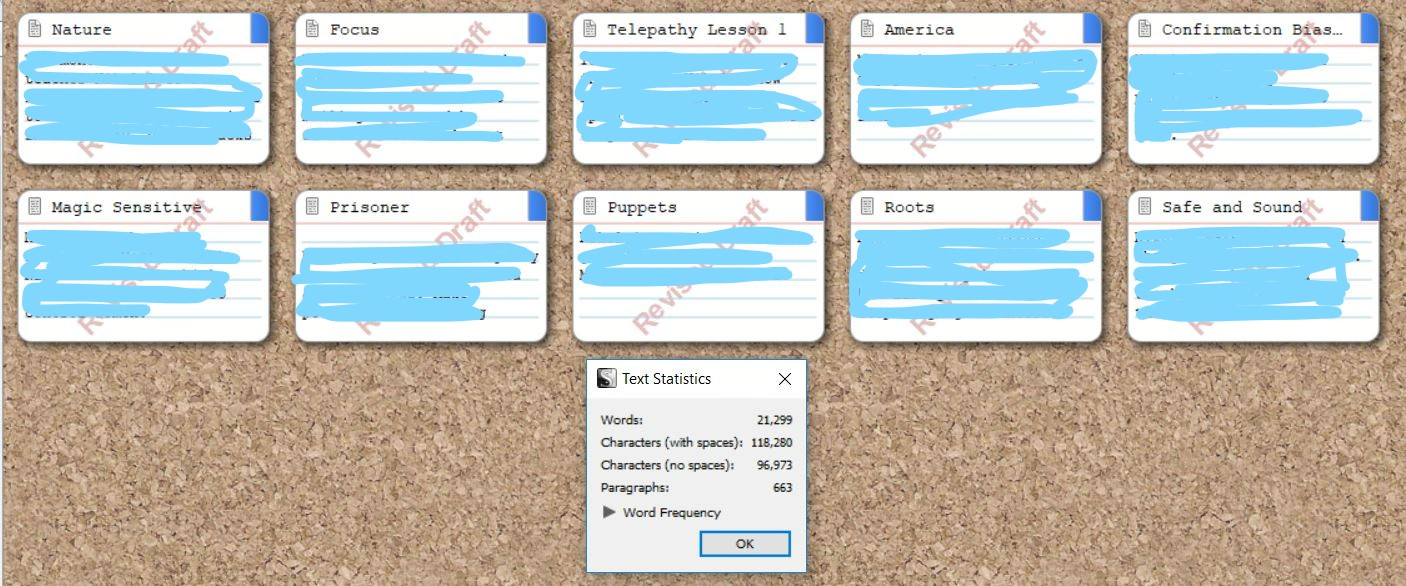Me two days ago: I made it work! That sounds terrible to say, like if I had to “make” it work, then it shouldn’t have been there in the first place.
Me today: New rule. If you have to force it to fit the plotline, it doesn’t belong there.
Did I make some of my tricky scenes fit? Hell yes I did. Do they belong? Eh…
Here’s the issue. My manuscript is currently sitting at around 123k words. That’s after cutting 5300 words yesterday. But it’s fantasy! Fantasy is supposed to be long (I tell myself). Well yes, but the beginning of my book swelled from five brief chapters to nine based on reader feedback. I was moving too fast, not bothering to immerse the reader or even really explain the magic system because I was in a rush to get to what I thought of as the meat of the story.
Now that my beginning itself is meatier, the bulky subplots make the rest of the text seem bloated. I mean I could pull a George R.R. Martin and do almost 300k words right out of the gate, but this isn’t high/epic fantasy and I really need to do a good job of capturing readers with this first book, which means pacing is extremely important. Readers going into book 2 should be more invested in the characters and I’m probably safe to meander a bit, though that didn’t help with Holy Sister, which did so much treading water that I moved on to something else despite my love of Nona.
So I’m going to cut out the whole telepathy plotline and a lot of other minor training sequences, for several reasons:
- The first subplot I cut played heavily into this other subplot, and left gaping holes upon its exit.
- These two plotlines really work better if kept together.
- These subplots are so large that they’re taking time away from the core conflict, which is not only killing tension, it’s causing me to briefly mention things in narrative that really need their own scenes.

Combined with the scenes I’ve already trimmed, if I cut these I’ll have roughly 28k of cool stuff going into the next novel, which makes me feel a lot better honestly. It also gives me wiggle room if I want to add Medea’s POV
Copyright © 2019 Val Neil. All rights reserved.


